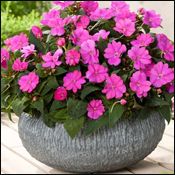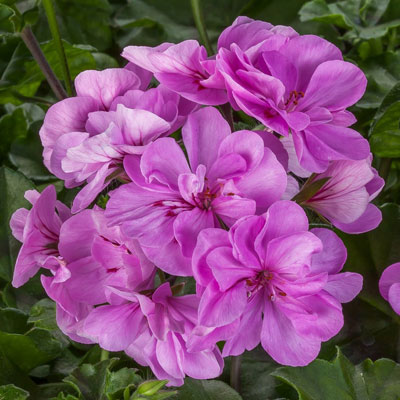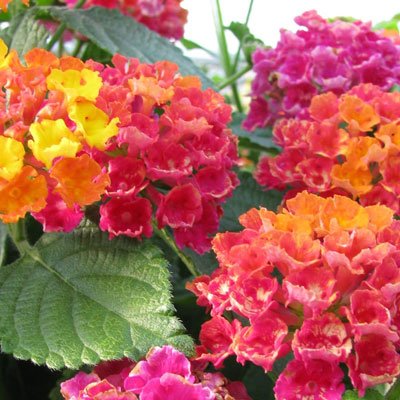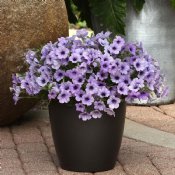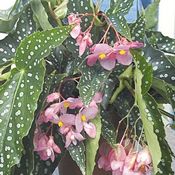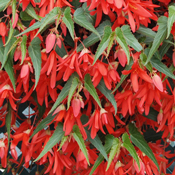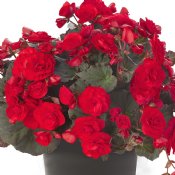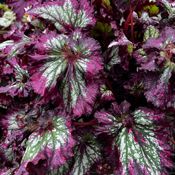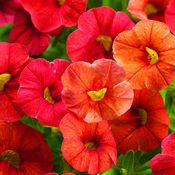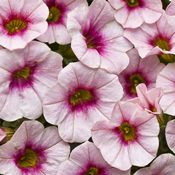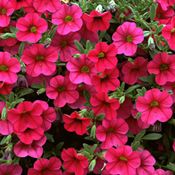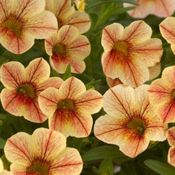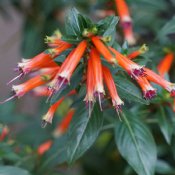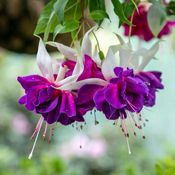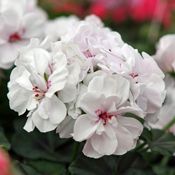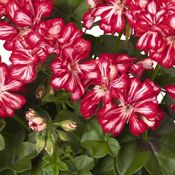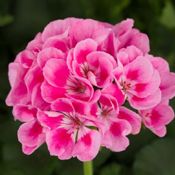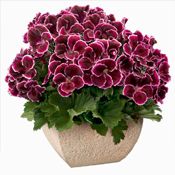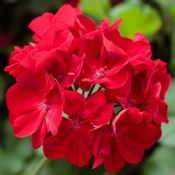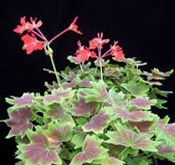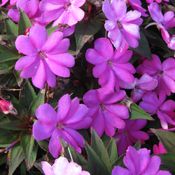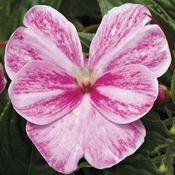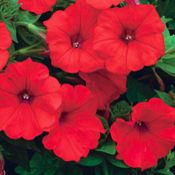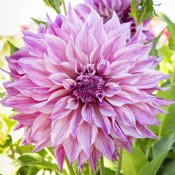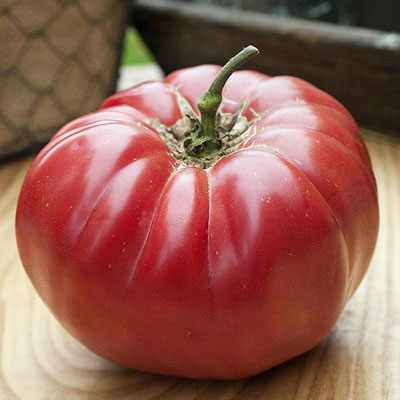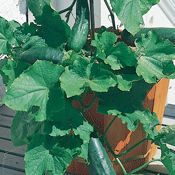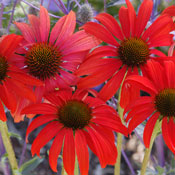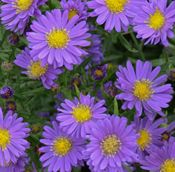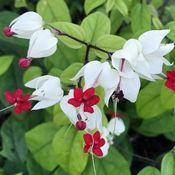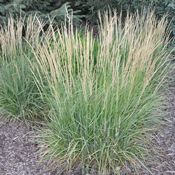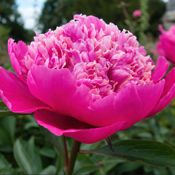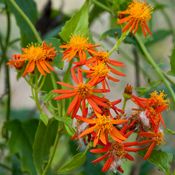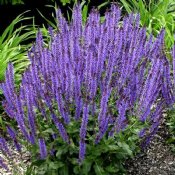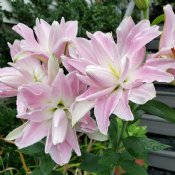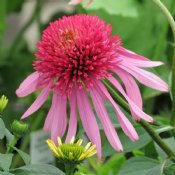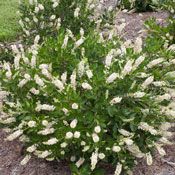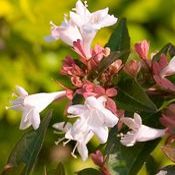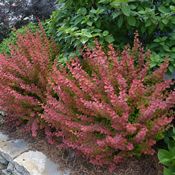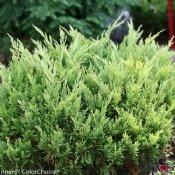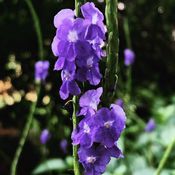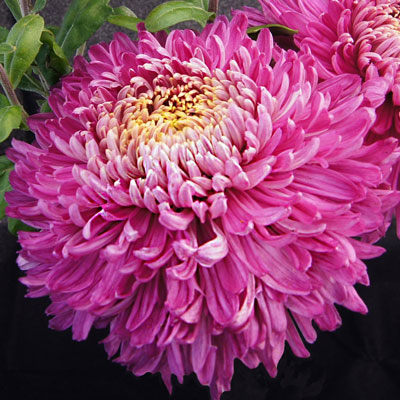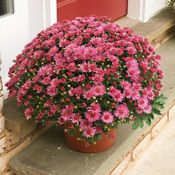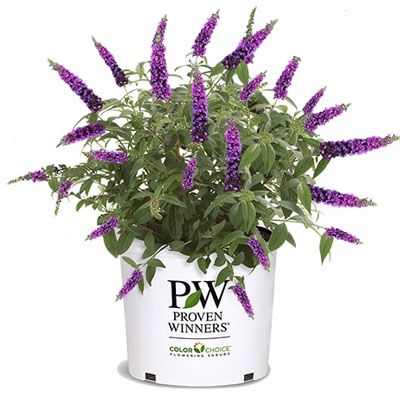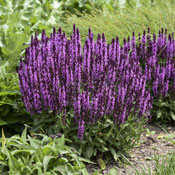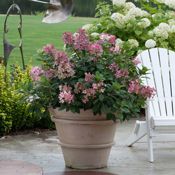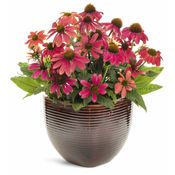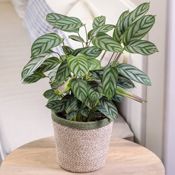Fuchsia plants, with their elegant, pendulous flowers, are a treasure in gardens and on patios worldwide. Their vibrant colors, unique shapes, and long blooming season make them a favorite among gardeners of all levels. Whether you're an experienced horticulturalist or a novice green thumb gardener, this comprehensive guide will walk you through everything you need to know to successfully grow and care for these stunning plants, ensuring a breathtaking display season after season.

Understanding Fuchsias: A Glimpse into Their World
Physical Description: Fuchsias are known for their distinctive teardrop-shaped, often bicolored flowers. Adorned with a long tubular calyx, four sepals, and petite petals, these blooms add a touch of whimsical charm to any setting. The foliage is typically dark green with a slightly serrated edge, providing a contrasting backdrop for the vibrant flowers. Following the blooming season, fuchsias produce small, elongated fruits, some of which are edible.
Growing Fuchsias: Tips and Techniques for Success
Choosing the Right Variety: With over 100 species and thousands of cultivars, fuchsias offer a vast array of flower shapes and colors to suit every taste and garden style. Trailing varieties, with their cascading blooms, are perfect for hanging baskets, adding a touch of drama to patios and porches. Upright fuchsias, on the other hand, stand tall and proud in garden beds or containers, making a bright and beautiful bold statement.
Planting and Soil: Patience is key when it comes to transplanting fuchsias. Wait until the last frost has passed to ensure a smooth transition into the outdoor environment. Fuchsias thrive in well-drained, fertile soil, providing them with the nutrients and support they need to flourish. Any potting soil will work, but if you're mixing your own, consider a combination of equal parts sand, leaf mold, and loam. Incorporating some aged cow or horse manure into this blend provides an extra boost of nutrients for healthy growth.

Ideal Locations and Climate Considerations:
Sunlight and Shade Requirements: Fuchsias are not fans of harsh, direct sunlight, which can scorch their delicate foliage. Instead, they prefer partially shaded or filtered sunlit areas. The ideal locations for fuchsias are the east or north sides of your home, or areas that are shaded from the sun during the hottest hours of the day, typically between 11 am and 3 pm.
Climate Considerations: The ideal climate for fuchsias is mild and temperate, with cool nights and warm days. In cooler climates, fuchsias can tolerate more sun, while in hotter regions, they require more shade to prevent heat stress. Coastal areas often provide the perfect conditions for fuchsias, as they enjoy cooler temperatures and refreshing breezes. If you live in a very hot climate, we recommend growing the Angel Earrings® series as they are much more heat-tolerant.
Watering, Feeding, and Maintenance:
Watering and Feeding: Consistent moisture is essential for the fuchsia's well-being, but avoid waterlogging, which can lead to root rot. A good rule of thumb is to water when the top inch of soil feels dry to the touch. During the growing season, give your fuchsias a weekly dose of a balanced, water-soluble fertilizer to provide them with the nutrients needed for abundant flowering.
Pruning and Maintenance: Pinch young plants to encourage bushier growth and more flowers. Regularly remove spent blooms to prevent seed formation, which can divert energy away from flowering. This simple practice will keep your fuchsias producing a continuous display of vibrant blossoms throughout the growing season.

Pest and Disease Management: Keep an eye out for common pests, such as aphids, whiteflies, and spider mites. These pesky intruders can damage your fuchsias and hinder their growth. Use insecticidal soap or neem oil to control these pests without resorting to harsh chemicals. To prevent fungal diseases, ensure good air circulation around your plants and keep leaves dry. Watering in the morning is a good practice to prevent moisture from lingering on leaves overnight.
Winter Care for Fuchsias: Extending Their Beauty
In colder regions, fuchsias can be successfully overwintered indoors using one of two methods. The first method focuses on maintaining the plant throughout the dormant winter months, without promoting active growth or flowering. For this method, store your fuchsias in a cool, frost-free area, such as a basement or unheated garage. Reduce watering and stop fertilization during this period.
The second method aims to keep your fuchsias actively growing and flowering throughout the winter. This involves bringing them indoors to a warm area and providing them with supplemental light using a grow light.
For best results, provide 12-14 hours of light per day. Water the plants when the soil feels dry to the touch and apply a balanced fertilizer once or twice a week.
Propagating Fuchsias: Creating New Generations

Fuchsias are easily propagated from cuttings taken in late summer. Select a healthy, non-flowering shoot, or if you must use a flowering shoot, remove the flowers before placing it in the soil or water. To ensure a successful rooting process, follow these steps:
Preparing the Cuttings:
- Use a sharp knife or pruning shears to make a clean cut just below a node, the area where a leaf or branch grows from the stem.
- Remove the lower leaves from the cutting, leaving only the top two pairs. This will reduce water usage and promote rooting.
Choosing a Rooting Medium:
- For soil propagation, use a well-draining rooting medium. A mixture of equal parts sand and perlite or vermiculite, or a commercial rooting mix, is ideal.
- For water propagation, use a clean glass or jar filled with fresh water.
Dip and Plant (Soil Propagation):
- Dip the cut end of the cutting into rooting hormone, a substance that encourages root development. If you don't have rooting hormone, you can dip the cut end in a small amount of honey or cinnamon powder.
- Make a small hole in the rooting medium and insert the cutting, ensuring that the bottom node is below the soil surface.
- Water the rooting medium thoroughly to settle the soil around the cutting. Watering may cause the soil around the node to “settle”. Add additional soil if the node can be seen above the soil line.
Place and Maintain Humidity (Soil Propagation):
- Place the pot in a plastic bag or humidity dome to maintain high humidity around the cutting. This will help prevent the cutting from drying out and promote root development.
- Position the pot in a warm location, ideally between 65-75°F (18-24°C). Avoid direct sunlight, which can scorch the delicate leaves of the cutting. Keeping it 2-3 feet from a window will be sufficient. It can also be kept under a grow light.
Monitor and Aftercare (Soil Propagation):
- Regularly inspect the cuttings, removing the bag every few days to allow the leaves to dry. This step is crucial to prevent rot.
- During these checks, it is also important to ensure the rooting medium remains moist, but not waterlogged.
- After removing the bag, observe the cuttings for any signs of wilting. If they begin to wilt, it is time to replace the bag.
- When you notice that the cuttings no longer wilt after the bag has been off for several days, it indicates adequate root formation. At this point, you can gradually acclimatize them to the environment by permanently removing the bag.
Water Propagation Alternative:

Fuchsia cuttings can also be propagated by simply sticking them in water. If using this method:
- Keep the cuttings away from direct sunlight.
- Change the water one or two times per week.
- Roots should develop within 6-8 weeks with this method.
Next Steps:
- Make sure any flowers that start developing during this time are snipped off, as they can divert energy from root growth.
- Once the roots are established, the cuttings can be separated and potted individually.
- Monitor the potting mix regularly to ensure that it remains moist, but not soggy.
- After a few weeks, very gently tug on the cutting to check for root development. If the cutting feels firmly rooted, you can gradually remove the plastic bag or humidity dome.
- Once the roots are well-established, typically 4-6 weeks after propagation, you can transplant the cutting into a larger pot with regular potting soil.
- Gradually introduce the plant to outdoor conditions over a few days, after the danger of frost has passed, to prevent transplant shock.
With proper care and attention, your newly propagated fuchsia will soon be ready to adorn your garden or patio with its vibrant blooms, extending the beauty of these stunning plants for years to come.
Fuchsias, with their enchanting blooms, add a touch of elegance to any garden or patio. By following these guidelines and adapting to your local climate, you can enjoy the beauty and vibrancy of these plants, often for years to come. Whether showcased in hanging baskets or garden beds, fuchsias bring life and color to your outdoor spaces. Embrace the joy of gardening with these exquisite flowers!

